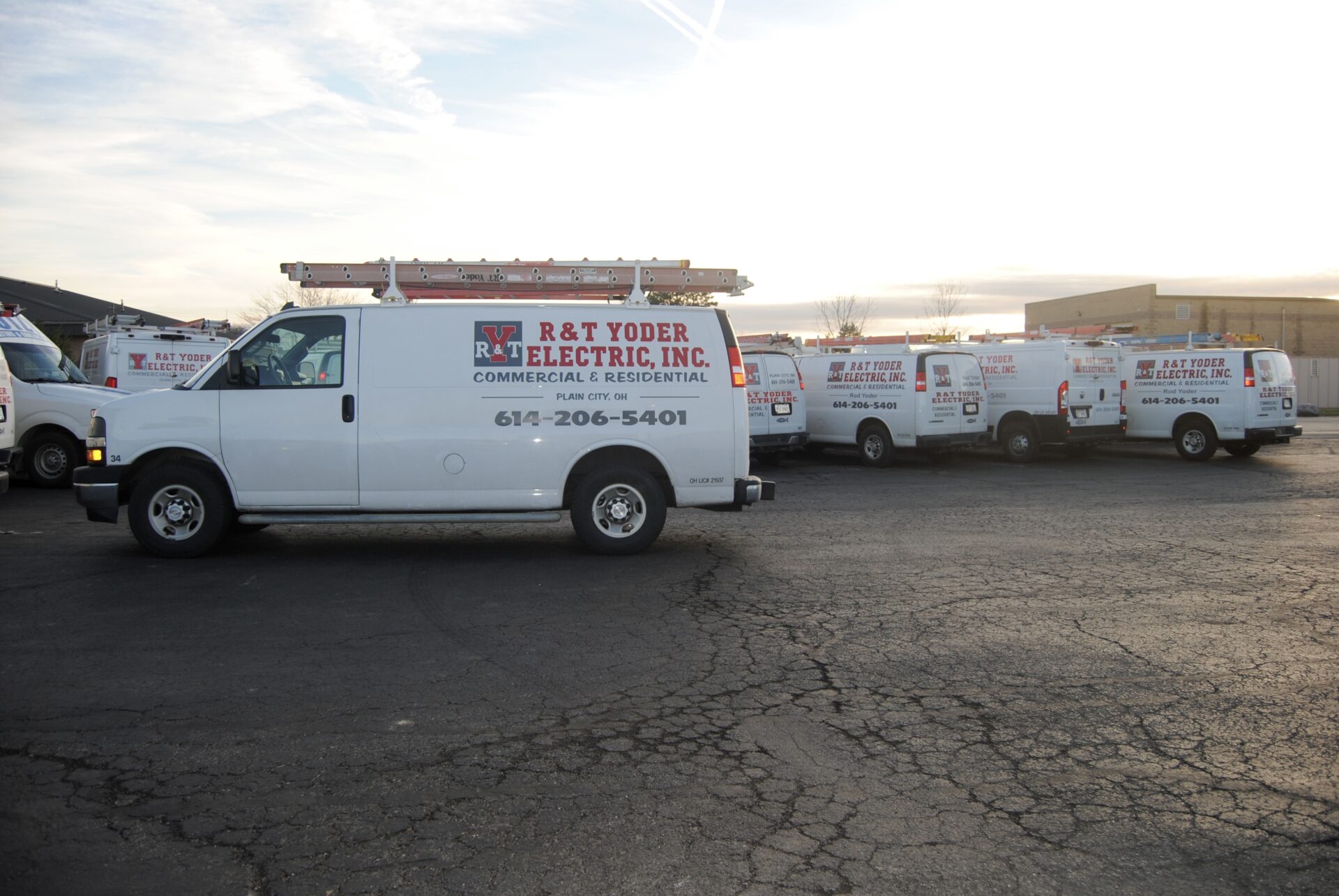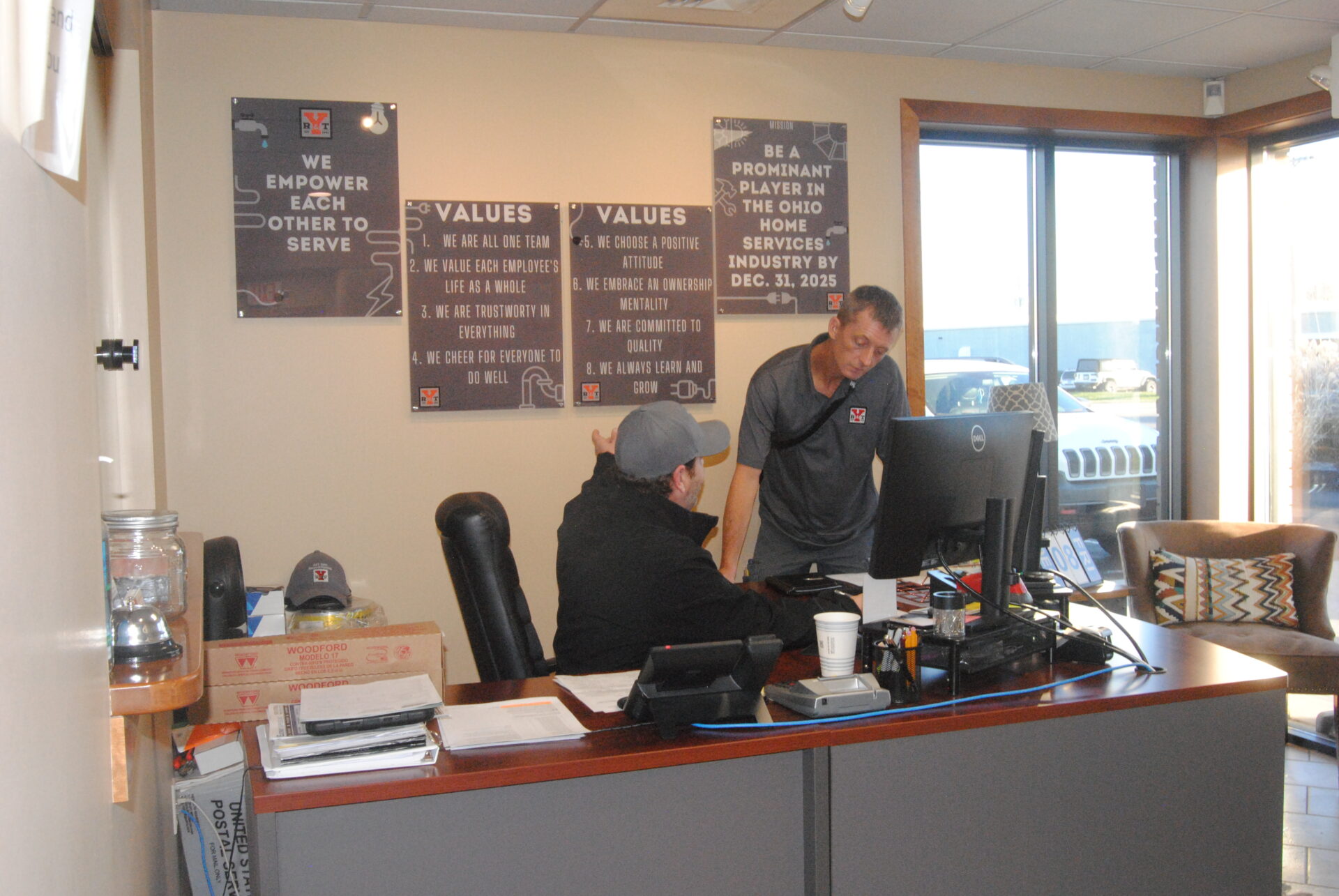Modern vehicles are equipped with sophisticated systems to ensure they operate efficiently and safely. One such component that plays a crucial role in vehicle emissions control is the leak detection pump LDP. But what is a leak detection pump, and how does it function within your car’s system?
1. What Is a Leak Detection Pump (LDP)?
A leak detection pump LDP is a crucial part of a vehicle’s Evaporative Emission Control System EVAP. The EVAP system is responsible for preventing harmful fuel vapors from escaping into the atmosphere. The leak detection pump’s primary job is to detect any leaks within the EVAP system and ensure it remains sealed.
Fuel vapors are produced when gasoline evaporates, and if they escape unchecked, they contribute to air pollution and environmental harm. The leak detection pump helps monitor and maintain the integrity of the fuel system, making sure that fuel vapors are captured and directed to the engine for combustion rather than released into the environment.
2. How Does a Leak Detection Pump Function?
The leak detection pump works by pressurizing the EVAP system and checking for leaks. Here’s a step-by-step breakdown of its operation
2.1 System Activation
When the vehicle’s engine control module (ECM) or powertrain control module (PCM) initiates a self-diagnostic check, it activates the leak detection pump. This usually happens after the vehicle has been turned off for a while, ensuring the fuel system is cool and stable.
2.2 Sealing the System
The EVAP system is sealed to create a closed environment. The leak detection pump closes a vent valve, effectively isolating the system from the atmosphere.
2.3 Pressurizing the System
The pump generates a small amount of pressure within the EVAP system, typically using a diaphragm or solenoid mechanism. This pressure allows the system to be tested for leaks.
2.4 Monitoring Pressure Levels
The pump measures how well the system holds the generated pressure. If there are no leaks, the pressure remains stable. If there is a leak, the pressure will drop.
2.5 Reporting to the ECM/PCM
The leak detection pump sends data to the engine control module (ECM) or powertrain control module (PCM). If the system detects a drop in pressure, it triggers a diagnostic trouble code (DTC), which illuminates the check engine light CEL on the dashboard.
3. Components of a Leak Detection Pump
A leak detection pump consists of several key components that work together to perform its function
- Pump Diaphragm: Creates pressure within the system by moving up and down.
- Solenoid Valve: Controls the flow of air and pressure within the system.
- Pressure Sensor: Monitors the pressure levels and detects any deviations caused by leaks.
- Check Valve: Prevents pressure from escaping back into the pump.
- Vent Valve: Seals the EVAP system during testing to isolate it from the atmosphere.
4. Why Is a Leak Detection Pump Important?
The leak detection pump plays a critical role in vehicle efficiency, emissions control, and environmental protection. Here’s why it’s so important
4.1 Environmental Protection
Fuel vapors contribute to air pollution and the formation of smog. By detecting and preventing leaks, the LDP ensures that harmful vapors are not released into the environment.
4.2 Emissions Compliance
Modern vehicles are required to meet strict emissions standards. A functioning leak detection pump helps ensure compliance with regulations set by agencies like the Environmental Protection Agency EPA and California Air Resources Board CARB.
4.3 Fuel Efficiency
A well-maintained EVAP system reduces fuel loss due to evaporation, improving overall fuel efficiency.
4.4 Preventing Engine Issues
Leaks in the EVAP system can affect engine performance, causing rough idling, poor acceleration, or stalling. The LDP helps identify these issues early.
4.5 Diagnostic Accuracy
The leak detection pump helps the vehicle’s onboard diagnostics (OBD) system detect leaks accurately, ensuring that problems are identified and resolved before they escalate.
5. Signs of a Faulty Leak Detection Pump
A malfunctioning leak detection pump can lead to various issues. Here are some common signs that your LDP may be failing:
5.1 Check Engine Light (CEL)
A persistent check engine light often indicates an issue with the EVAP system. Diagnostic trouble codes related to the EVAP system, such as P0440, P0442, P0455, or P0456, can point to a leak detection pump problem.
5.2 Poor Fuel Efficiency
If your vehicle is consuming more fuel than usual, it could be due to fuel vapor leaks caused by a faulty LDP.
5.3 Fuel Odor
A noticeable smell of gasoline, especially near the fuel tank or engine bay, may indicate a leak in the EVAP system.
5.4 Failed Emissions Test
A malfunctioning leak detection pump can cause your vehicle to fail emissions testing due to excessive fuel vapor emissions.
5.5 Rough Idling or Stalling
Leaks in the EVAP system can lead to air-fuel mixture imbalances, resulting in rough idling, poor acceleration, or engine stalling.
6. How to Diagnose and Repair a Leak Detection Pump
If you suspect a problem with your leak detection pump, follow these steps to diagnose and address the issue
6.1 Scan for Trouble Codes
Use an OBD-II scanner to check for diagnostic trouble codes related to the EVAP system. Codes like P0440 Evaporative Emission Control System Malfunction or P0455 Large Leak Detected can indicate an issue with the LDP.
6.2 Inspect the EVAP System
Check for visible signs of damage or leaks in the EVAP hoses, connectors, and fuel tank. Look for cracks, loose fittings, or disconnected hoses.
6.3 Listen for Unusual Sounds
A faulty leak detection pump may produce unusual noises, such as clicking or humming, during operation.
6.4 Professional Diagnosis
If you’re unable to identify the problem, a professional mechanic can perform advanced diagnostics using specialized tools like smoke machines to detect leaks.
6.5 Replace the Pump
If the leak detection pump is faulty, replacement may be necessary. Ensure the new pump is compatible with your vehicle’s make and model.
7. Preventative Maintenance for Leak Detection Pumps
To keep your leak detection pump and EVAP system in good condition, follow these preventative maintenance tips
- Regular Inspections: Periodically check hoses, connectors, and the fuel tank for damage.
- Avoid Overfilling the Tank: Stop refueling when the pump clicks off to prevent fuel from entering the EVAP system.
- Use Quality Fuel: High-quality fuel reduces the risk of contaminants affecting the system.
- Check the Gas Cap: Ensure the gas cap is tightly sealed to prevent vapor leaks.
Understanding what a leak detection pump is and how it functions is essential for maintaining your vehicle’s efficiency and emissions compliance. The leak detection pump plays a critical role in the EVAP system by detecting leaks, preventing harmful fuel vapors from escaping, and keeping your vehicle eco-friendly.
By recognizing the signs of a faulty leak detection pump and taking preventative maintenance steps, you can ensure your vehicle operates smoothly, efficiently, and in compliance with environmental standards. Don’t ignore the check engine light—addressing EVAP issues early can save you from costly repairs and environmental harm.











